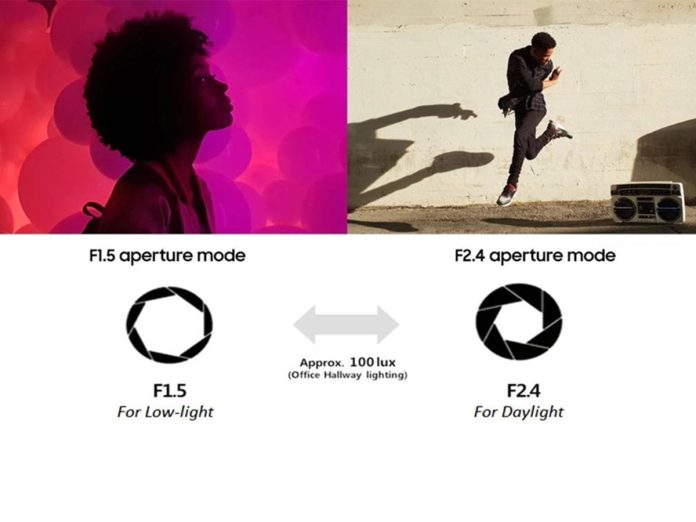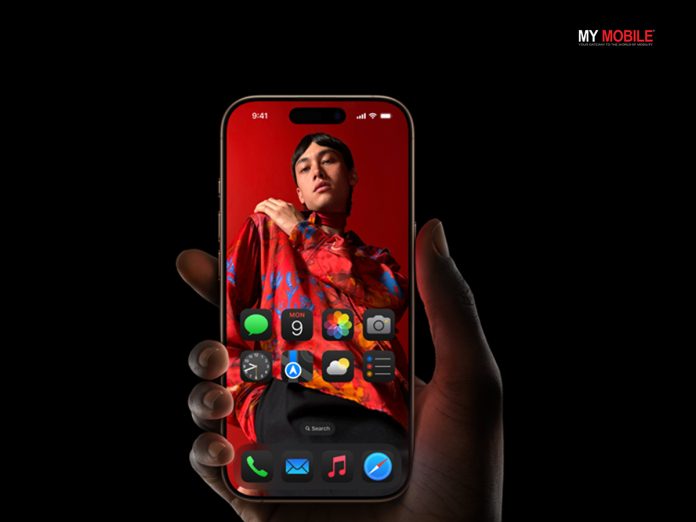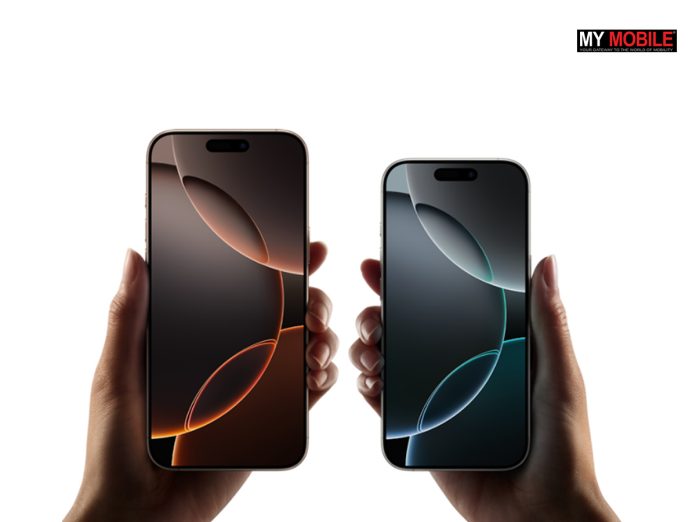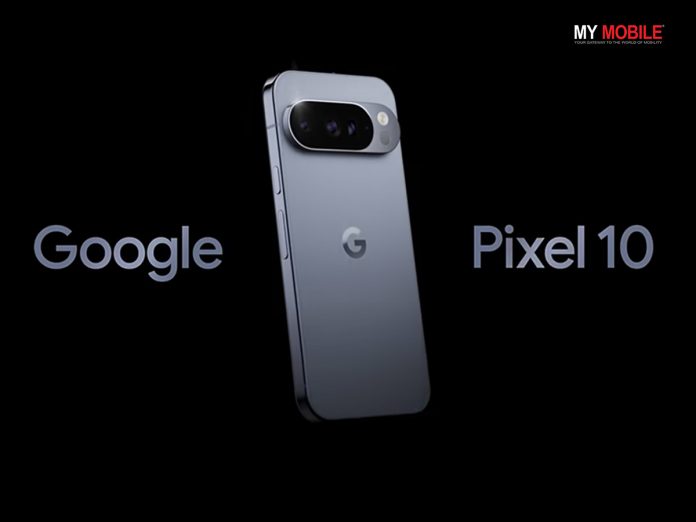Highlights
- Caviar has launched Altair, the world’s first padel racket with solid 18K gold accents and buffalo leather.
- It is priced at $8,070 with only three units made.
- Named after the star Altair, the racket honours the UAE’s cultural and astronomical legacy.

Caviar is the Dubai-based luxury brand best known for its ultra-premium custom smartphones and accessories. The brand has now officially entered the world of high-end sporting goods. The company has introduced the world’s first padel racket adorned with radiant gold and solid 18K gold detailing, named Altair.
Caviar Altair – Ultra-Luxury Padel Racket
Named after Altair, the star in the Aquila constellation with Arabic roots, the racket pays tribute to the UAE’s rich cultural and astronomical heritage. Padel has quickly become a favourite among the global elite, particularly in luxury hotspots like Dubai, Riyadh, and Monaco.
Interestingly, only three units of the Altair racket have been produced globally, each priced at $8,070.
It features a lustrous gold-finished face, while the handle and wrist strap are made of genuine buffalo leather. Solid 18K gold embellishes the crown, grip inlays and screws. Each racket comes in a custom-designed Caviar-branded travel case and is available for international delivery.

Beneath the opulence, the racket’s core is built from lightweight carbon fibre to meet professional padel performance standards. However, due to the delicate nature of the gold finish, Caviar recommends using the Altair primarily as a display piece rather than for active play, as frequent use could cause wear.
Caviar’s Foray Into Luxury Sports Gear
The Altair marks Caviar’s first step into the luxury sports gear segment. The company has plans to launch a new lineup of game-ready padel and tennis rackets at more accessible price points, combining everyday usability with its hallmark craftsmanship and design.
Positioned as a symbol of exclusivity and prestige, Altair targets collectors, luxury connoisseurs, and padel enthusiasts who want more than just a performance tool. It’s meant to be a statement piece.
The limited-edition racket is now available globally through Caviar’s official channels.
Other Recent Caviar Launches
Among other launches, Caviar recently released a $49,000 iPhone featuring an integrated Omega Seamaster watch, famously worn by James Bond.
The brand also launched luxury editions of Samsung’s Galaxy Z Fold 7 and Flip 7, priced at $11,000 and $9,270, respectively. It transforms the latest foldables into opulent, space-inspired collectibles.
FAQs
Q1. What is the Caviar Altair padel racket and why is it unique?
Answer. The Altair is the world’s first ultra-luxury padel racket featuring solid 18K gold accents, buffalo leather components, and a gold-finished face. Only three units exist globally.
Q2. What materials are used in the Altair racket?
Answer. It combines a lightweight carbon fibre core for professional performance with premium materials like 18K gold detailing, buffalo leather handle and wrist strap.
Q3. Is the Altair racket meant for regular gameplay?
Answer. Not really. Due to its delicate gold finish, Caviar recommends using Altair primarily as a display piece, as frequent play may cause wear and damage.
Q4. Will Caviar release more sports gear in the future?
Answer. Yes, Caviar plans to launch a new lineup of padel and tennis rackets at more accessible prices, blending usability with its signature luxury craftsmanship.
Related Links –

























